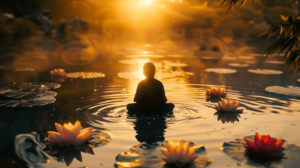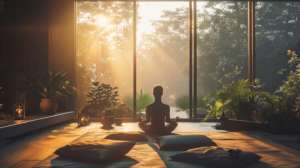Introduction

Meditation has transcended its ancient roots and has become a universally recognized tool for improving mental, emotional, and even physical well-being. But beyond its application as a stress-reliever or concentration aid, meditation offers a doorway to profound inner peace. This state of being is a deeply personal and transformative journey, providing clarity amidst life’s chaos.
In a world where distractions and stress abound, many individuals are turning to meditation not just as a tool but as a lifestyle that fosters inner serenity. However, the journey toward inner peace requires guidance, and books have become invaluable companions for this path. The right book can serve as both a map and a mentor, illuminating the way forward with practical exercises, personal anecdotes, and deep spiritual insights.
This article will explore some of the best meditation books available, dissecting how they can facilitate the quest for inner peace, and offering a clear roadmap for integrating their lessons into daily life. Whether you’re new to meditation or looking to deepen your practice, this guide will introduce you to the most insightful, transformative texts available, ensuring you are equipped to embark on this life-changing journey.
The Power of Meditation in Achieving Inner Peace
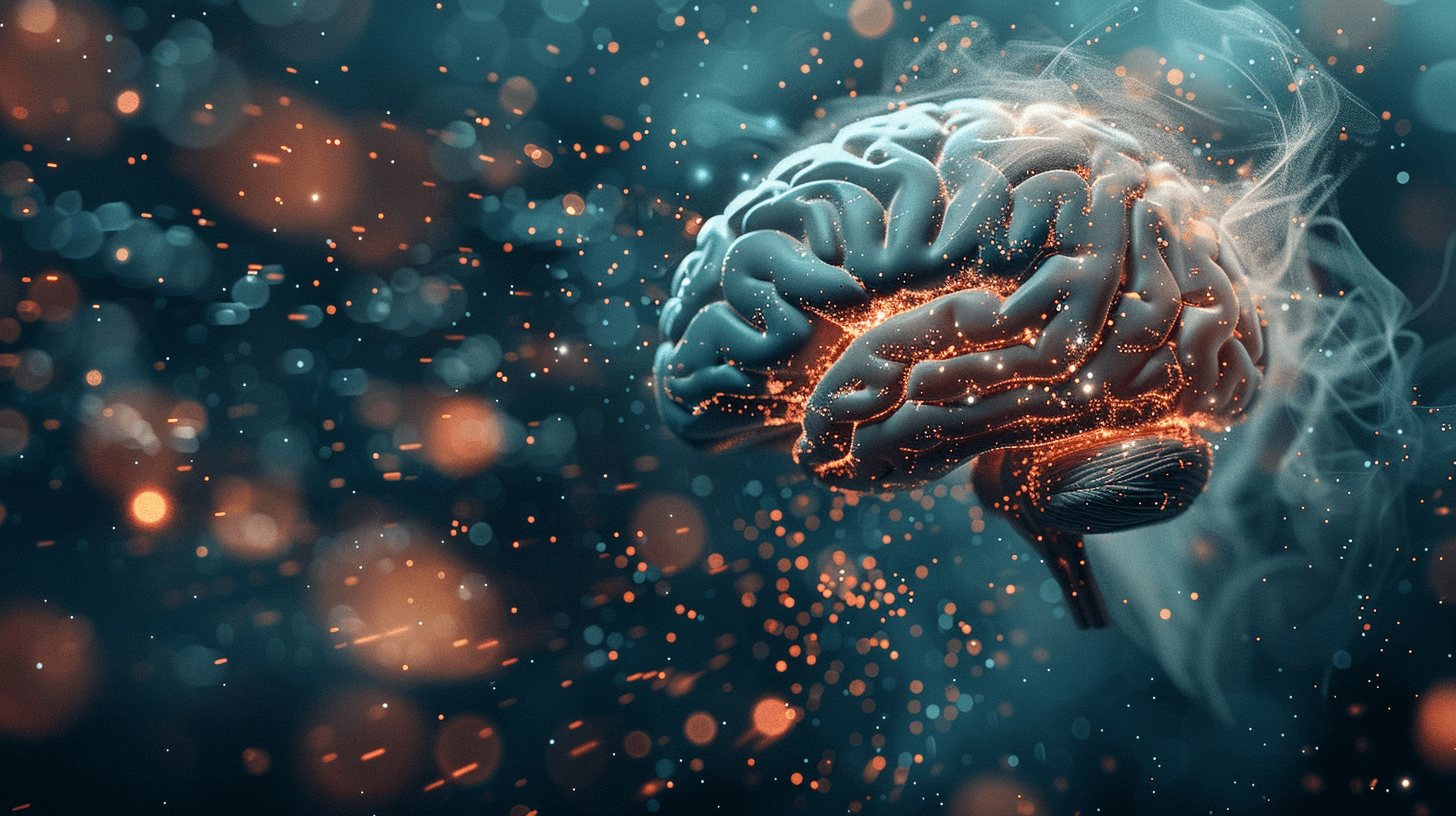
The Science of Inner Peace
Meditation is often heralded for its calming effects, but how exactly does it foster inner peace? To answer this question, we must delve into the neuroscience behind the practice. When meditating, our brainwaves slowdown from beta (associated with active, anxious thinking) to alpha and theta waves, which are associated with deep relaxation and creativity. This shift doesn’t merely produce a momentary sense of calm—it rewires the brain over time.
Through neuroplasticity, the brain adapts and changes in response to meditation. Research reveals that consistent meditation practice leads to the growth of gray matter in regions associated with self-awareness, compassion, and emotional regulation. Simultaneously, it reduces the size of the amygdala—the brain’s fear center—thereby decreasing stress and anxiety. These physiological changes allow individuals to cultivate a state of equanimity and inner peace that persists beyond the meditation cushion.
The Emotional Benefits of Meditation
Inner peace, as defined by the ability to remain calm and centered in the face of life’s inevitable storms, can be cultivated by regular meditation. Meditation teaches us to detach from the narratives our minds continuously spin. We become observers of our thoughts, rather than victims of them. Over time, this detachment allows us to recognize that our inner peace is not contingent on external circumstances.
This emotional resilience is one of the greatest gifts of meditation. Practitioners often report an enhanced ability to deal with difficult emotions like anger, sadness, and fear. They are able to experience these emotions without being overwhelmed, leading to a more balanced and peaceful state of mind. As this emotional intelligence grows, the constant background noise of stress and worry dissipates, creating more room for serenity and contentment.
Spiritual Connection and Meditation
On a deeper level, meditation fosters a connection to something greater than ourselves—whether that’s framed as the universe, God, or simply a state of expanded consciousness. This spiritual connection is not about transcending reality but engaging with it more fully. Through meditation, we learn to access the quiet stillness within, where wisdom, compassion, and clarity reside. For many, this inner sanctuary is the ultimate source of peace, serving as a refuge in even the most turbulent times.
Best Meditation Books for Inner Peace

In your journey toward inner peace, the right book can make all the difference. Below is a curated selection of the most transformative books that not only provide meditation techniques but also guide readers toward a deeper sense of calm and clarity.
The Power of Now by Eckhart Tolle
Eckhart Tolle’s classic, The Power of Now, is a spiritual awakening guide that emphasizes mindfulness and the present moment. Tolle teaches readers that true peace is found not in the past or future but in the eternal now. The book serves as both an introduction to mindfulness and a deep dive into spiritual concepts that aid in dismantling the ego. Tolle’s insights are powerful and practical, making this book a must-read for anyone seeking lasting inner peace.
Wherever You Go, There You Are by Jon Kabat-Zinn
In Wherever You Go, There You Are, Jon Kabat-Zinn, the founder of the Mindfulness-Based Stress Reduction (MBSR) program, introduces readers to the practice of mindfulness meditation in daily life. Kabat-Zinn demystifies meditation, making it accessible to beginners while offering profound insights for seasoned practitioners. This book teaches that peace is not something to chase but something to cultivate in every moment, from washing dishes to walking in nature.
The Miracle of Mindfulness by Thich Nhat Hanh
Buddhist monk Thich Nhat Hanh’s The Miracle of Mindfulness is a gentle but profound guide to mindful living. In this book, Hanh explains that mindfulness—simply being present with each breath and action—can transform ordinary moments into opportunities for inner peace. He shares practical exercises to integrate mindfulness into daily activities, showing readers how to use meditation as a tool for lasting serenity.
10% Happier by Dan Harris
For those skeptical of meditation or seeking a more relatable, down-to-earth approach, 10% Happier by Dan Harris is a perfect fit. Harris, an ABC news anchor, shares his personal journey from a stressed-out, anxious reporter to a meditation enthusiast. Through humor and honesty, Harris demystifies meditation and shows that even a small increase in happiness and peace is worth the effort. His modern, scientific approach makes meditation approachable for beginners who may be hesitant to explore it through a spiritual lens.
The Untethered Soul by Michael A. Singer
In The Untethered Soul, Michael A. Singer explores the spiritual dimensions of inner peace, offering readers insights on how to transcend the constant mental chatter that disrupts our sense of well-being. Singer’s central message is that true peace comes from letting go of the ego and living in harmony with the flow of life. By unbinding ourselves from limiting beliefs and emotions, we open ourselves to the limitless peace that exists within.
Understanding Meditation for Different Needs
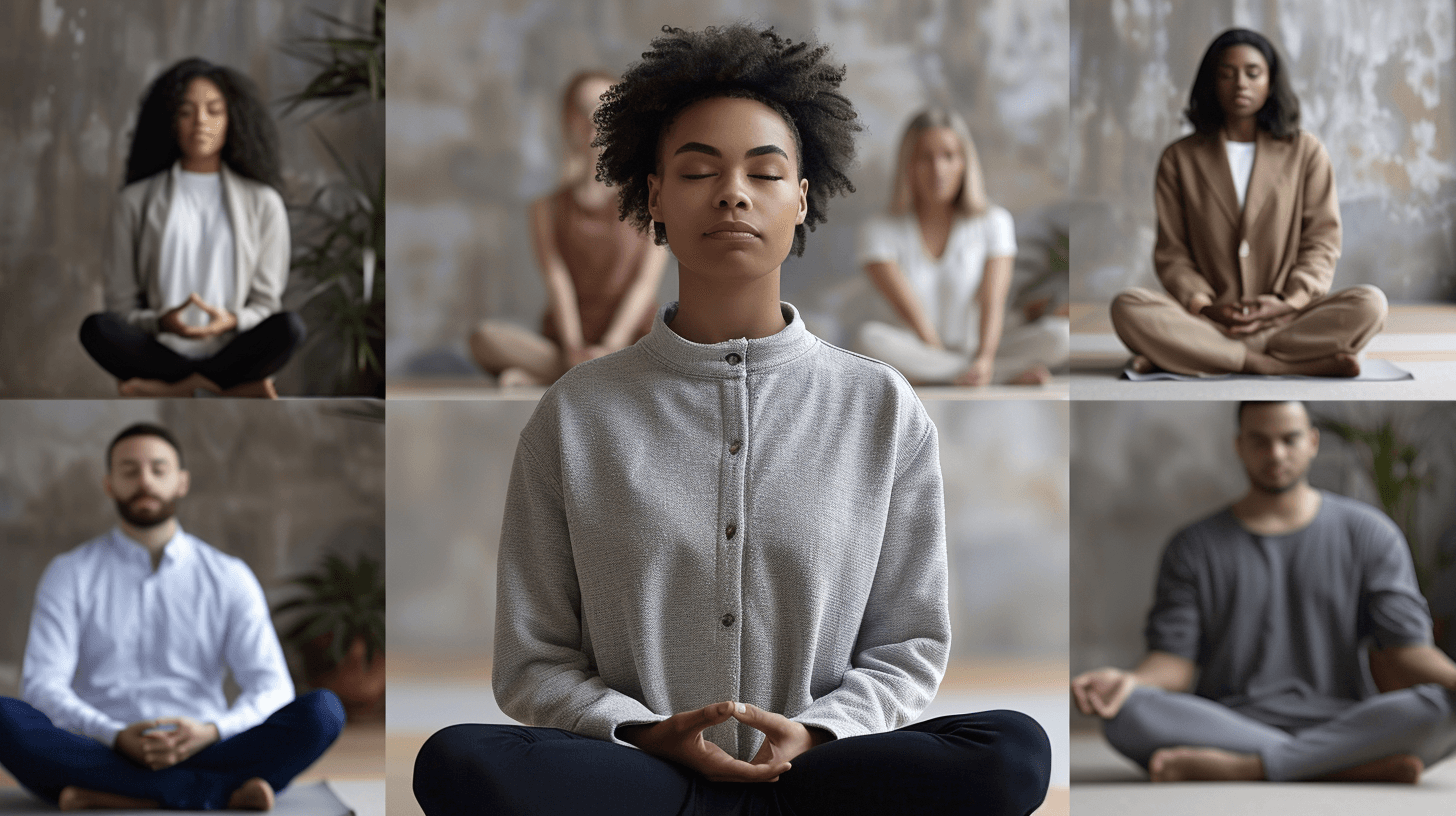
Different people come to meditation with different needs. Whether you are seeking stress relief, spiritual awakening, or emotional healing, there is a meditation practice—and a corresponding book—tailored to your unique journey.
For Beginners Seeking Stress Relief
If you are new to meditation and primarily interested in reducing stress, Wherever You Go, There You Are is an excellent starting point. Its practical, no-nonsense approach offers easy-to-follow techniques that help quiet the mind and ease tension. Similarly, 10% Happier provides a relatable guide for skeptics or beginners who may not immediately resonate with spiritual explanations but are eager to explore the practical benefits of meditation.
For Spiritual Seekers
For those seeking deeper spiritual insights, The Power of Now and The Miracle of Mindfulness are ideal. These books transcend stress relief and dive into the spiritual dimensions of peace. Readers are guided to a profound state of presence, where they can experience themselves as more than their thoughts and emotions.
For Emotional Healing
For individuals looking to heal emotional wounds or release mental blockages, The Untethered Soul is a powerful resource. Michael A. Singer’s work focuses on identifying and letting go of the limiting patterns that keep us trapped in emotional suffering, guiding us toward the freedom of inner peace.
The Science Behind Meditation and Consciousness Expansion

Brainwave States and Consciousness
Meditation induces a shift in brainwave activity, which plays a crucial role in expanding consciousness. In our everyday state, the brain operates in beta waves, which are linked to active thought and problem-solving but also anxiety and stress. However, meditation moves the brain into slower alpha and theta wave patterns, which are associated with relaxation, creativity, and spiritual experiences. Advanced meditators may even reach delta brainwaves, connected to deep sleep and profound states of consciousness.
Neuroplasticity and Spiritual Awakening
The brain’s ability to change and rewire itself—neuroplasticity—means that meditation can literally alter our mental and emotional landscape. Studies show that regular meditation leads to growth in areas related to self-awareness and compassion while shrinking regions associated with stress. This reshaping of the brain enables long-term emotional regulation and allows meditators to access higher states of consciousness, where peace is no longer a fleeting experience but a permanent state.
Hormonal and Emotional Balance
Meditation also impacts the body’s hormonal balance. Cortisol, the stress hormone, decreases with regular practice, while serotonin, the “feel-good” hormone, increases. This hormonal balance not only fosters a sense of well-being but also clears the emotional and mental clutter that can obscure our inner peace. By calming the mind and balancing our emotional states, meditation creates the optimal conditions for accessing higher states of awareness and sustained peace.
Exploring Meditation and Consciousness Across Different Spiritual Traditions

Buddhism
Buddhist meditation practices, such as Vipassana and Zen, are aimed at awakening higher consciousness through mindfulness and non-attachment. In Buddhism, inner peace is achieved by transcending the ego and embracing the impermanence of all things. Meditation is seen as a tool to detach from the material world and to realize one’s interconnectedness with all life, ultimately leading to enlightenment.
Hinduism
In Hinduism, meditation practices like Raja Yoga and Kundalini meditation focus on the awakening of spiritual energy within the body. The goal is to achieve self-realization—the understanding that one’s true nature is divine. Hindu meditation guides practitioners to connect with the higher self, transcending the material realm and experiencing cosmic consciousness.
Taoism
Taoist meditation emphasizes harmony with the natural flow of life, known as the Tao. Through practices like quiet sitting and inner reflection, Taoist meditators aim to align with the cosmic forces that govern the universe. The ultimate goal is to experience “wu wei,” or effortless action, where one’s thoughts and actions are in perfect harmony with the natural order, fostering peace and contentment.
Western Mysticism
Western mysticism, as seen in Christian contemplative practices and Kabbalistic meditation, also seeks higher states of consciousness. In Christian mysticism, practices like centering prayer allow practitioners to enter deep states of communion with the divine, while Kabbalistic meditation offers a structured path to spiritual enlightenment through the exploration of the Tree of Life. These traditions view meditation as a means of transcending ordinary thought to access divine knowledge and peace.
How to Integrate Meditation into Daily Life for Lasting Change
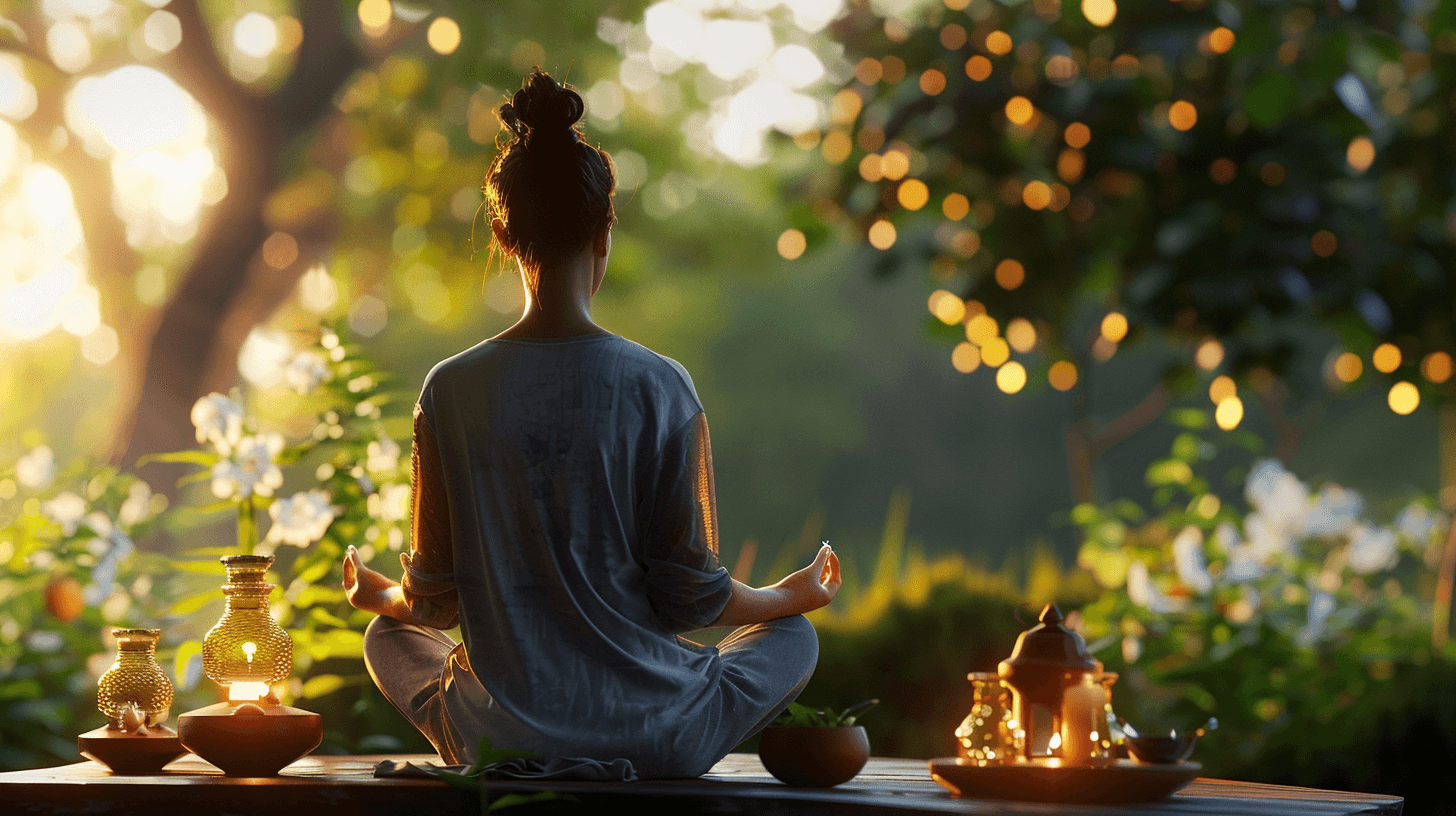
Consistency and Daily Habits
One of the most important keys to successful meditation practice is consistency. Like any discipline, meditation requires regular engagement to yield long-term results. Establishing a consistent meditation routine, even for just a few minutes each day, can have profound cumulative effects on both mental and emotional well-being. It helps to think of meditation as exercising the mind—just as you would strengthen your body through regular physical workouts, meditation strengthens your mental resilience, focus, and ability to access inner peace.
Creating a structured meditation practice begins with selecting a specific time and space to meditate daily. Whether it’s early in the morning to set a positive tone for the day, during lunch to reset, or before bed to unwind, having a designated meditation time ensures it becomes an ingrained habit. A quiet, peaceful spot in your home can serve as your “sacred space,” where you consistently return for meditation. This routine solidifies the practice, helping to cultivate a sense of ritual and calm.
Furthermore, even small daily sessions can contribute to significant personal growth. It’s not about how long you meditate, but rather how consistently you return to your practice. Daily meditation creates a ripple effect, gradually rewiring the brain to stay more centered, present, and peaceful throughout the day. The key is to show up, regardless of external circumstances or busy schedules, so meditation becomes as integral to your routine as brushing your teeth or eating meals.
Mindful Living
Meditation doesn’t end when you leave the cushion; it’s a practice that extends into every aspect of daily life through mindfulness. Mindful living is about carrying the peaceful, present state you cultivate during meditation into your everyday activities. Whether you’re walking, eating, working, or engaging in conversations, mindfulness encourages you to be fully present and attentive in each moment.
For instance, when walking, mindfulness could involve paying attention to the sensation of your feet touching the ground, the movement of your body, or the sounds around you. When eating, it means savoring each bite and being conscious of how the food nourishes your body. In conversations, mindfulness invites you to truly listen without judgment or the urge to respond immediately, allowing for deeper connection and understanding.
The beauty of mindful living is that it transforms mundane activities into opportunities for meditation, allowing you to maintain an ongoing sense of peace and presence. This approach fosters a more peaceful and harmonious relationship with yourself and your surroundings. The more mindful you become throughout the day, the more inner peace you cultivate
Conclusion: Embarking on Your Journey Toward Higher Consciousness

Meditation for higher consciousness is not a one-time event or a finite goal but an evolving and lifelong journey. This journey is marked by continuous self-discovery, deepening awareness, and ongoing personal growth. As you commit to your meditation practice, you will find that inner peace is not something to be achieved momentarily—it is a lasting state of being that resides within you, waiting to be accessed and nurtured.
The path to higher consciousness unfolds gradually, often in small, incremental steps. At times, you may feel as though progress is slow, but remember that each meditation session brings you closer to deeper awareness and inner stillness. By integrating the teachings from the books and practices mentioned in this guide, you empower yourself to elevate your consciousness and embrace a more peaceful, meaningful existence.
As you continue along this path, you will find that meditation is not just a tool for relaxation but a profound means of connecting with your true self and the world around you. It opens the door to a life filled with greater clarity, purpose, and fulfillment. Every time you sit in meditation, you are taking a step toward unlocking the peace and potential that resides within you, and with each step, you move closer to embodying the higher consciousness that you seek.
Embrace this journey with an open heart, knowing that the destination is not as important as the process of becoming more aware, more compassionate, and more peaceful.


